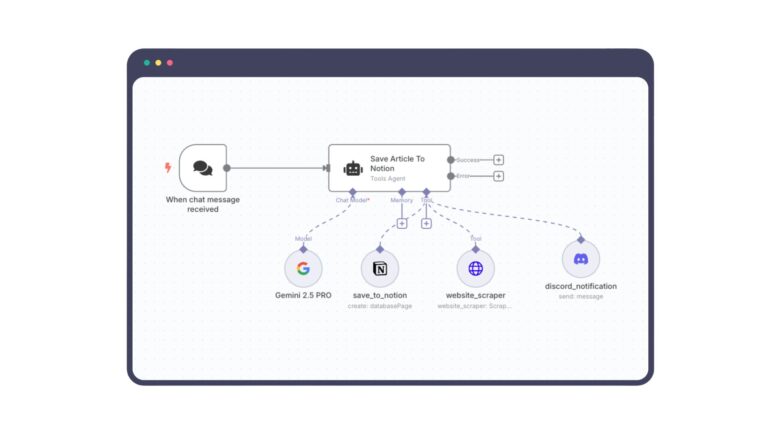In the early days of building a startup, there’s a thrill in moving fast launching features, onboarding users, scaling infrastructure. But in this sprint to grow, security often becomes an afterthought, something to worry about “once we’re bigger.” Unfortunately, this mindset creates a dangerous gap: startups become more exposed just as they’re getting traction.
Security tools, policies, and compliance efforts only make sense when they’re grounded in risk. Without a clear understanding of what can actually go wrong, controls become either over-engineered or dangerously insufficient. This is where risk assessment becomes not just a best practice, but a strategic enabler. It ensures that every security effort is justified, proportional, and focused on what really matters to your business.
Before you invest in another SaaS security solution or set up an elaborate policy framework, ask yourself: What are we actually trying to protect? From whom? And why now? Risk assessment answers these questions before decisions become expensive.
Risk Identification: Seeing the Threats Before They Surface
The first pillar of any effective risk assessment is risk identification. It’s the process of mapping out the assets, threats, and vulnerabilities that make up your risk landscape. For startups, this could include customer data, proprietary code, third-party tools, or even employee access to internal systems.
This phase isn’t about technical depth it’s about visibility. Do you know what data you collect? Where it’s stored? Who has access to it? What tools you rely on that may have security blind spots?
Founders often overlook internal threats or assume cloud providers have covered every base. But simple oversights like an exposed API key or an unmonitored SaaS integration can quickly become high-impact breaches. Risk identification helps expose those blind spots early.
Try asking your team:
- What are the most sensitive pieces of data we hold?
- Which vendors or partners process our user data?
- Do we know which risks could materially impact our operations or reputation if exploited?
These conversations might be uncomfortable but they’re essential.
Risk Quantification: From Gut Feeling to Clear Priorities
Once risks are identified, they must be quantified. This is where many startups struggle. It’s easy to say something is “risky,” but hard to decide if it’s worth investing time and money to fix. Quantification turns gut instincts into measurable insights.
Think about two potential issues: a phishing attack targeting your team, and a theoretical vulnerability in your backend server. Which one should get fixed first? Without quantification, you’re guessing. But if you weigh them by likelihood and impact, you might find the phishing threat is urgent, while the server issue is a longer-term concern.
Use simple scoring models even a 1–5 scale for likelihood and impact can work. Visual risk matrices, heatmaps, or even spreadsheets can be powerful here. The goal isn’t complexity it’s clarity. Ask: How likely is this risk to materialize in the next six months? If it did, what would the financial, operational, or reputational impact be?
This is where business context matters. A breach that costs $100K might be negligible for a large enterprise, but devastating for a seed-stage startup. Quantification lets you make security decisions based on your business, not generic benchmarks.
Controls Come After Risk, Not Before
It’s tempting to start securing everything from day one but that approach often leads to wasted effort and budget. The truth is, controls should only be applied after risks have been understood and prioritized. Otherwise, you may lock down the wrong systems, spend heavily on low-priority concerns, or implement tools your team doesn’t actually need.
Risk-based security isn’t about doing the most, it’s about doing the right things. Maybe that means starting with basic access controls, or encrypting your user data before worrying about AI detection tools. Or maybe it’s investing in third-party risk management because your business heavily relies on integrations. The point is: let the risks guide the controls not the other way around.
This also allows for a tiered approach to security, where startups can decide whether “good enough” is sufficient for now, or whether certain risks warrant enterprise-grade controls immediately. It empowers leaders to ask: Which risks are we willing to accept, and which ones must be mitigated? That’s a smarter, more cost-effective way to secure a business.
How to Make Risk Assessment Work for Startups
The good news? Risk assessments don’t have to be long, expensive, or complex. Start small. Create a basic risk register that lists your top 10 risks, who owns them, and what’s being done. Review it quarterly. Use free frameworks and tools to guide your thinking but don’t be afraid to simplify where needed.
Embed risk thinking into your workflows. Add it to product design meetings. Discuss it in leadership standups. Encourage teams to raise potential risks before features go live. And remember, as your business evolves, so will your risks. A good assessment is never static it grows with you.
Reflect on these questions to get started:
- When was the last time we listed out our top business risks?
- Are our current security tools mapped to actual risks we face?
- Do we review risks regularly, or only after something goes wrong?
- Who is responsible for owning and updating our risk strategy?
Final Thoughts: Risk Isn’t a Roadblock, It’s a Roadmap
In the rush to build, launch, and grow, it’s easy to treat security like a compliance checkbox. But when startups begin with risk, they turn security into a strategic asset. They build credibility with investors. They gain the trust of early adopters. And most importantly, they reduce the chances of costly detours down the road.
So before you spin up another security tool or draft a policy, ask: Have we done our risk assessment? Have we truly understood what we’re trying to protect and from whom?
The best startups don’t fear risk they learn from it.








